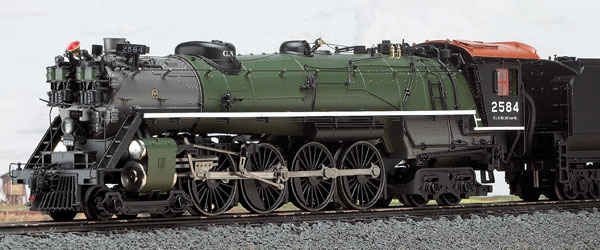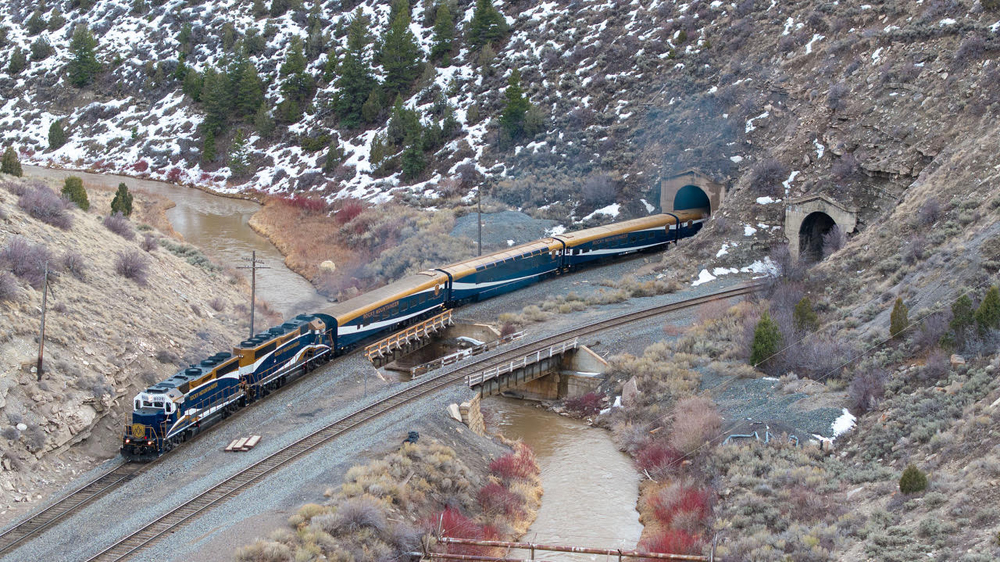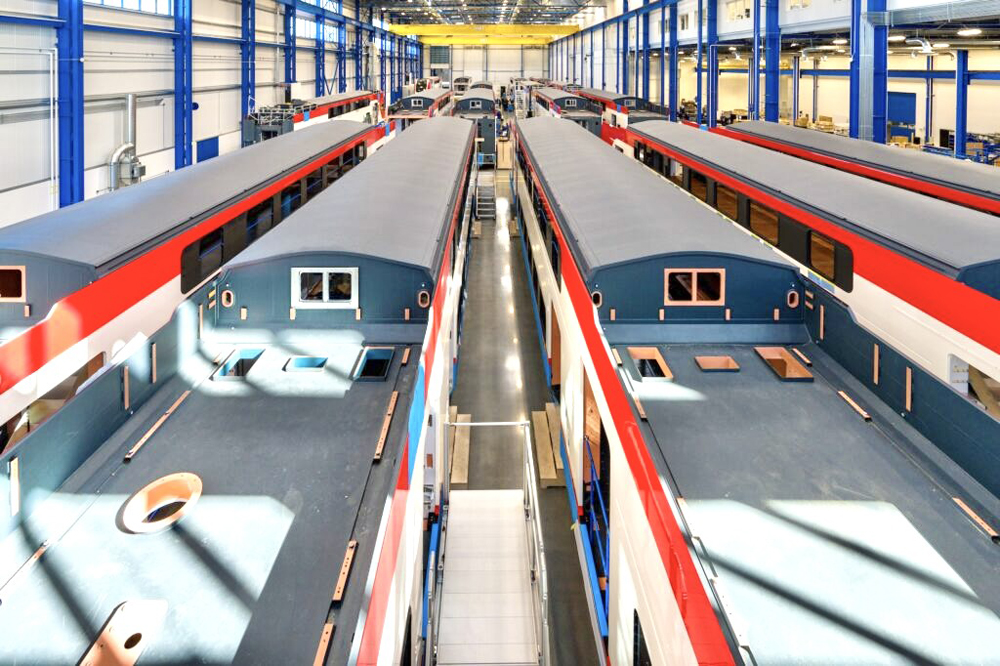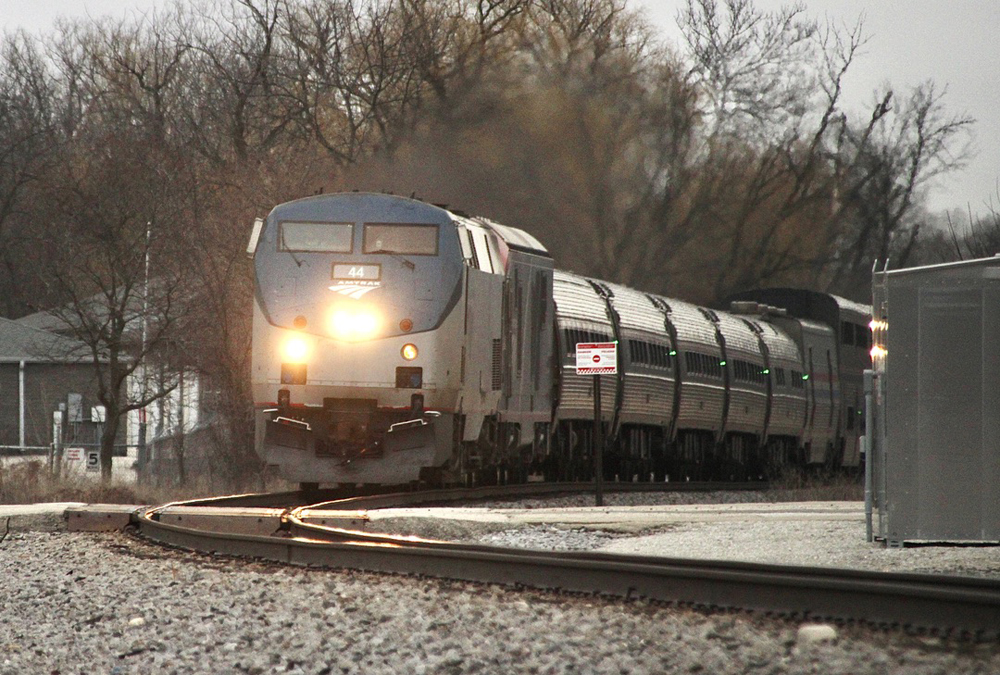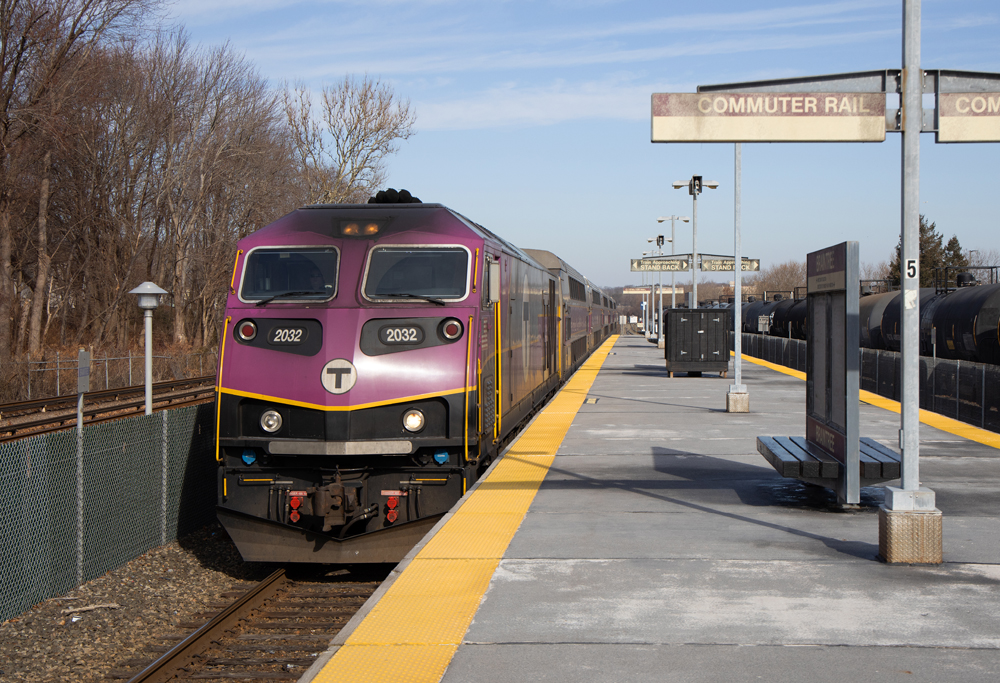In 1929 the GN ordered its first 4-8-4s, which made up the S1 class. Built by Baldwin as dual-service locomotives, these were soon augmented by the locomotives in the S2 class (slated primarily for passenger service). Where the S1s had 73-inch drivers, the S2s had 80-inch drivers. The S2s weighed 70,000 pounds less than the S1s and generated 10,000 fewer pounds of tractive effort.
A lone S2, no. 2584, still exists and is on display at the Great Northern depot in Havre, Mont.
The MTH Premier line Great Northern S2-class 4-8-4 is a work of art. The most elaborately detailed diesel locomotive pales in comparison to a steam giant like the S2, simply because steam locomotives offered much more eye candy.
The pilot on this model looks great. The “cow catcher” has a simulated scale coupler attached to an uncoupler bar. The headlight is situated near the bottom of the smokebox. An array of compressors and pipes is fitted above the light. If you look hard into this pile of plumbing, you’ll see a tiny valve handle painted red! The face is topped off with a bell and running lights.
The smokestack has a hinged hatch and illuminated number boards on either side. Delicate add-on simulated electric conduits can be followed to the electrical appliances. The finely crafted domes, pipes, generator, whistles, valves, and lanyards for both the bell and whistle place this model’s level of detail in the upper five percent of all the models I’ve ever examined.
Details are added in uncommon places. No fewer than four grab irons are located on the front corners of the cab. Rails run along the cab windows, and a grab iron arcs over the front of the cab. The roof hatches slide open, and get this: there are even four tiny lift rings on the roof.
The cab has sliding windows and simulated weather curtains. On the inside, you’ll find two crew figures, a decorated backhead (with white gauges and red valve handles), and firebox glow.
Add-on detail extends below the decks, with piping and drain lines galore. The running gear is as sophisticated as it gets. The drivers are blackened and the rods are subdued. The caps on the end of the steam chests are silver. This lighter color seems to be supported by black-and-white photos in the Kalmbach Publishing Co. library that show a color brighter than the green of the chests.
In fact, the ad-on lanyard and piping reminds me of a brass locomotive. So be careful how you pick up this steamer – if you’re not careful, you can mess up some of the details.
Like the detailing, the paint is superb. The smokebox and firebox are gray, the boiler green, the domes black, and the cab roof red. The tender is all black, with the stylish Rocky Mountain goat herald. A white stripe runs along the walkway on either side of the boiler.
The locomotive number and capacity nomenclature on the tender are clean and crisp. Spots, such as where two colors meet on the cab roof, are rare, and color separation is mostly ruler straight.
The boiler tooling is great. A close check of the body shows exactly one spot where there was a minor imperfection or perhaps rough handling during assembly. Otherwise, this is spotless.
The tender is a Vanderbilt model rigged for oil. Lift the oil hatch and you’ll find a plug to charge the ProtoSound 2.0 battery should the locomotive spend an extended time on a shelf. Lift the water hatch and you’ll see controls for the smoke unit and sound volume.
The 12-wheel tender looks sharp. It has plenty of cast-in wood-texture on the deck above the water tank, as well as two handrails and two ladders on the rear. A backup light and coil coupler are at the rear of the tender.
This steamer features MTH’s ProtoScale option, which allows you to turn a three-rail AC locomotive into a two-rail model (or vice versa) by removing the center-rail roller assemblies. Two switches, one for two-rail/three-rail operation and one for AC/DC operation, are on the underside of the tender.
If one were nitpicking, I’d just comment that the tether between the tender and engine looks less than impressive. Otherwise, this is stunning.
On the test track
Our test sample performed well during testing. The speed range for our sample was 1.8 to 76.7 scale mph. The 13-pound 7-ounce locomotive delivered 4 pounds 5 ounces of drawbar pull.
The sound package offered a robust chorus of locomotive sounds (some might say the thumps, bumps, and whooshes were noise!), including a lot of talk from the crew. Chuffing noises sounded superb, and the whistle is a real attention-getter.
The ProtoSound 2.0 features, such as coil-coupler operation, speed control, and numerous sound effects, all worked as advertised using MTH’s Digital Command System controller. The fan-driven smoke unit functioned well in maximum fumigation mode. Days later, I’m still coughing from the smoke!
The Great Northern S2 was a pleasure to operate and, thanks to the level of detail, a pleasure to watch on the go. If you’re a fan of big steam, or Northern-tier railroads, this O gauge locomotive is a must-see.





